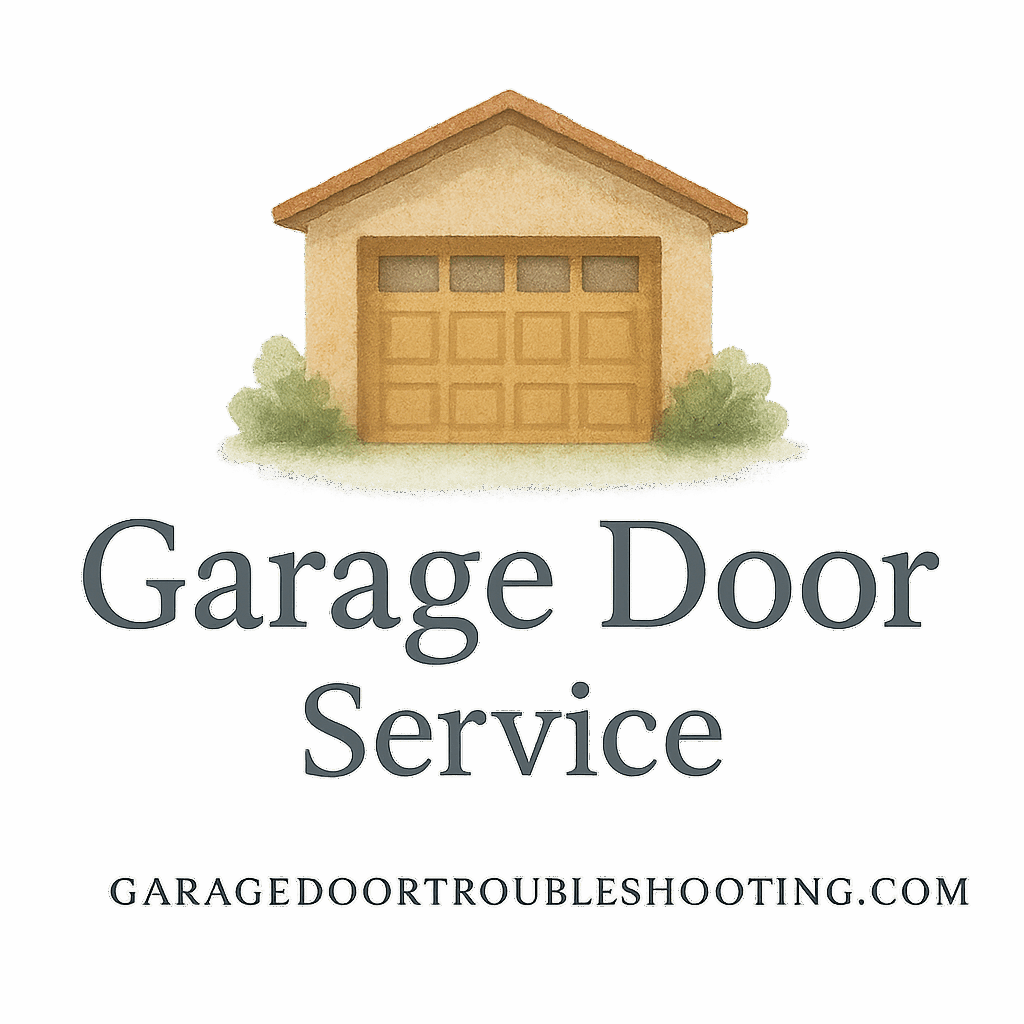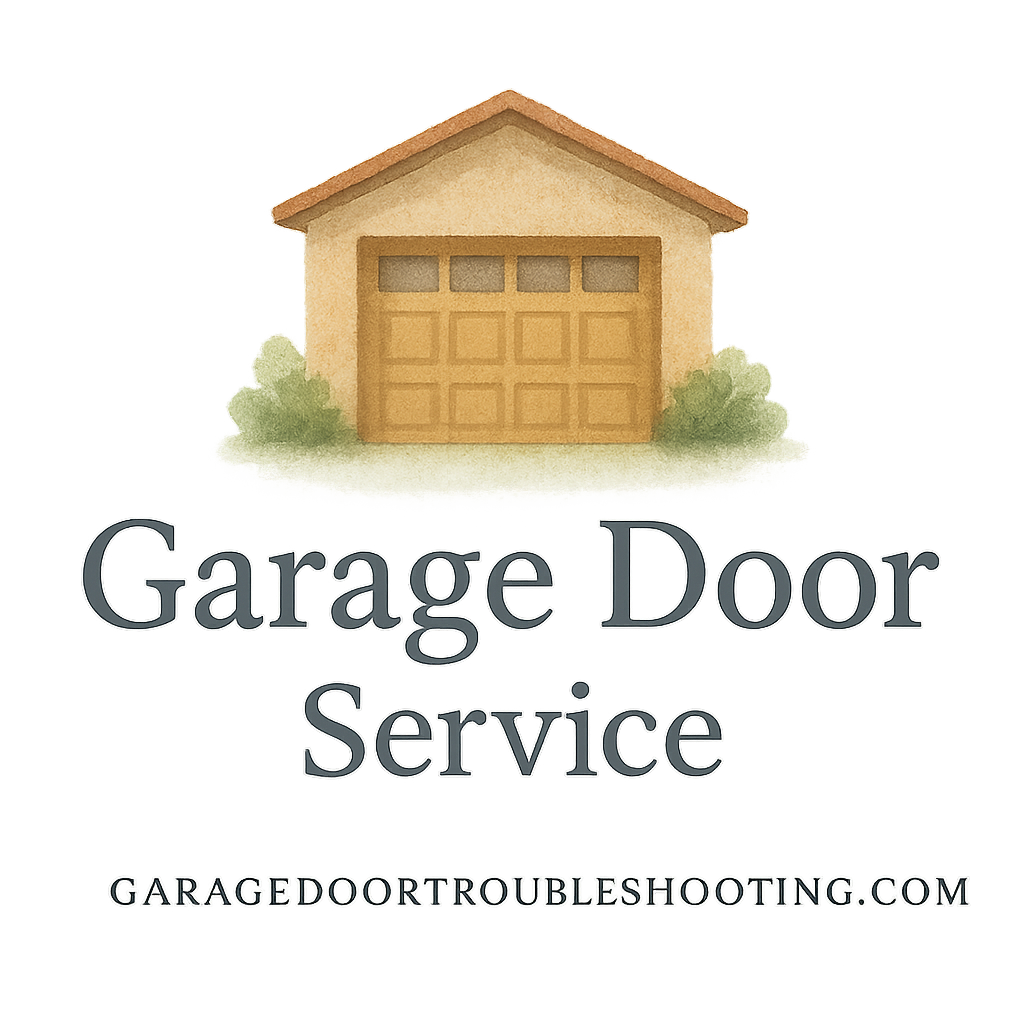Introduction
Garage doors are one of those home features we don’t think much about—until something goes wrong. And when it does, the culprit is often the springs. These springs do the heavy lifting every time you hit the garage door opener. But here’s the kicker: not all springs are the same. You’ll typically find two main types—torsion springs and extension springs. Understanding the differences between them can save you headaches, money, and even prevent accidents.
In this article, we’ll break down the 8 key differences between torsion and extension spring garage door repairs, so you’ll know exactly what to expect when it’s time for a fix.
Why Garage Door Springs Matter
The Role of Springs in Garage Door Operation
Think of garage door springs as the muscles behind the movement. They store and release energy to lift and lower that heavy door. Without them, your garage door opener would burn out fast.
Common Problems with Garage Door Springs
Springs wear out over time. Signs of trouble include doors that feel heavier, make loud bangs, or don’t open evenly. When this happens, it’s repair or replacement time.
What Are Torsion Springs?
How Torsion Springs Work
Torsion springs are mounted horizontally above the garage door. When the door lowers, the springs twist and store energy. When it opens, they release that energy smoothly.
Benefits of Torsion Springs
- Provide smoother motion
- Longer lifespan
- Offer better balance for heavy doors
What Are Extension Springs?
How Extension Springs Work
Extension springs are installed on either side of the door. They stretch and contract as the door moves up and down.
Benefits of Extension Springs
- Usually cheaper than torsion springs
- Easier to install for smaller doors
- Fit into compact spaces
8 Key Differences Between Torsion and Extension Spring Garage Door Repairs
1. Design and Structure
Torsion springs coil and twist, while extension springs stretch and contract. That structural difference also affects how repairs are carried out.
2. Installation Process
Torsion springs require careful winding with special tools, making installation more complex. Extension springs, however, are simpler but require safety cables.
3. Safety Concerns
Torsion springs are safer overall because they’re contained in a shaft. Extension springs can snap and fly off, which is why safety cables are a must.
4. Lifespan and Durability
Torsion springs usually last 15,000–20,000 cycles, while extension springs average 7,000–10,000 cycles. That’s a huge difference in durability.

5. Maintenance Needs
Torsion springs need lubrication and occasional balance checks. Extension springs require more frequent inspections since they wear faster.
6. Cost of Repairs and Replacement
Extension springs are cheaper upfront, but torsion springs save money long-term thanks to durability and fewer service calls.
7. Performance and Balance
Torsion springs provide smoother lifting, preventing jerky motion. Extension springs often cause uneven lifting if one side wears faster.
8. Space Requirements
Torsion springs need headroom above the door, while extension springs fit in tighter spaces along the sides.
Which Spring Type Should Homeowners Choose?
Factors to Consider Before Choosing
- Door size and weight
- Budget
- Available garage space
- Long-term maintenance plans
Professional Recommendations
Most professionals recommend torsion springs for safety and durability, especially for heavy or double garage doors.
DIY vs Professional Garage Door Spring Repairs
Risks of DIY Repairs
Springs are under extreme tension. One wrong move can cause severe injury. That’s why tackling repairs without training is a risky game. For more insights, check dangerous repairs.
When to Call a Professional
If your spring is broken or making unusual noises, it’s best to call certified experts. You can connect with trusted garage door services professionals.
Essential Garage Door Safety Tips
Avoiding Dangerous Repairs
Never attempt spring repairs without proper knowledge. Stick with garage door repair guides instead of guessing.
Family and Childproof Precautions
Keep kids away from garage doors during operation. Learn more about childproof safety.
Long-Term Maintenance Tips for Springs
Preventive Care for Torsion Springs
- Lubricate coils every 6 months
- Inspect for rust or gaps
- Schedule annual checkups with a professional
Preventive Care for Extension Springs
- Ensure safety cables are intact
- Replace both springs together to prevent imbalance
- Regularly check for overstretching
For more handy insights, explore these garage door maintenance tips.
Conclusion
Choosing between torsion and extension springs comes down to safety, durability, and cost. Torsion springs usually win in the long game, offering smoother performance and longer life. Extension springs are still useful for small garages and tight budgets but require more frequent repairs.
No matter which spring you have, the golden rule is clear: don’t take risks with DIY repairs. Work with trusted garage door professionals who can ensure your system stays safe, smooth, and reliable for years.
FAQs
1. Which is better for heavy garage doors, torsion or extension springs?
Torsion springs are better because they handle weight more evenly and last longer.
2. How often should I replace garage door springs?
On average, torsion springs last 7–10 years, while extension springs last 4–6 years depending on usage.
3. Can I replace just one garage door spring?
It’s best to replace both springs at the same time to avoid uneven wear.
4. Are extension springs dangerous without safety cables?
Yes, they can snap and cause injury. Safety cables are a must.
5. Why is my garage door opening unevenly?
Usually, one extension spring is wearing faster than the other.
6. Do torsion springs require professional installation?
Yes, because winding them requires special tools and expertise.
7. Where can I find more homeowner tips on garage door maintenance?
Check out homeowner tips for practical advice.


